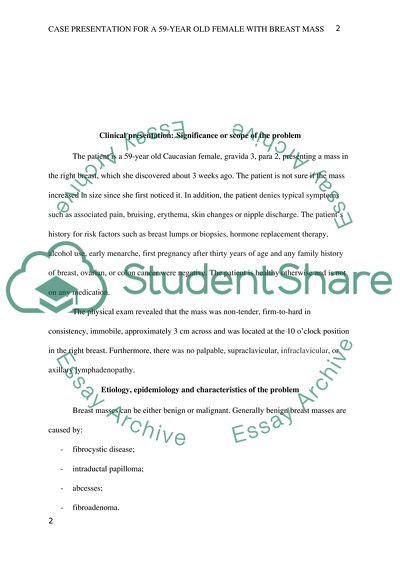Cite this document
(Case study on a 59 year old female with breast mass, n.d.)
Case study on a 59 year old female with breast mass. https://studentshare.org/medical-science/1768408-breast-lumps-and-abnormal-mammograms
Case study on a 59 year old female with breast mass. https://studentshare.org/medical-science/1768408-breast-lumps-and-abnormal-mammograms
(Case Study on a 59 Year Old Female With Breast Mass)
Case Study on a 59 Year Old Female With Breast Mass. https://studentshare.org/medical-science/1768408-breast-lumps-and-abnormal-mammograms.
Case Study on a 59 Year Old Female With Breast Mass. https://studentshare.org/medical-science/1768408-breast-lumps-and-abnormal-mammograms.
“Case Study on a 59 Year Old Female With Breast Mass”. https://studentshare.org/medical-science/1768408-breast-lumps-and-abnormal-mammograms.


